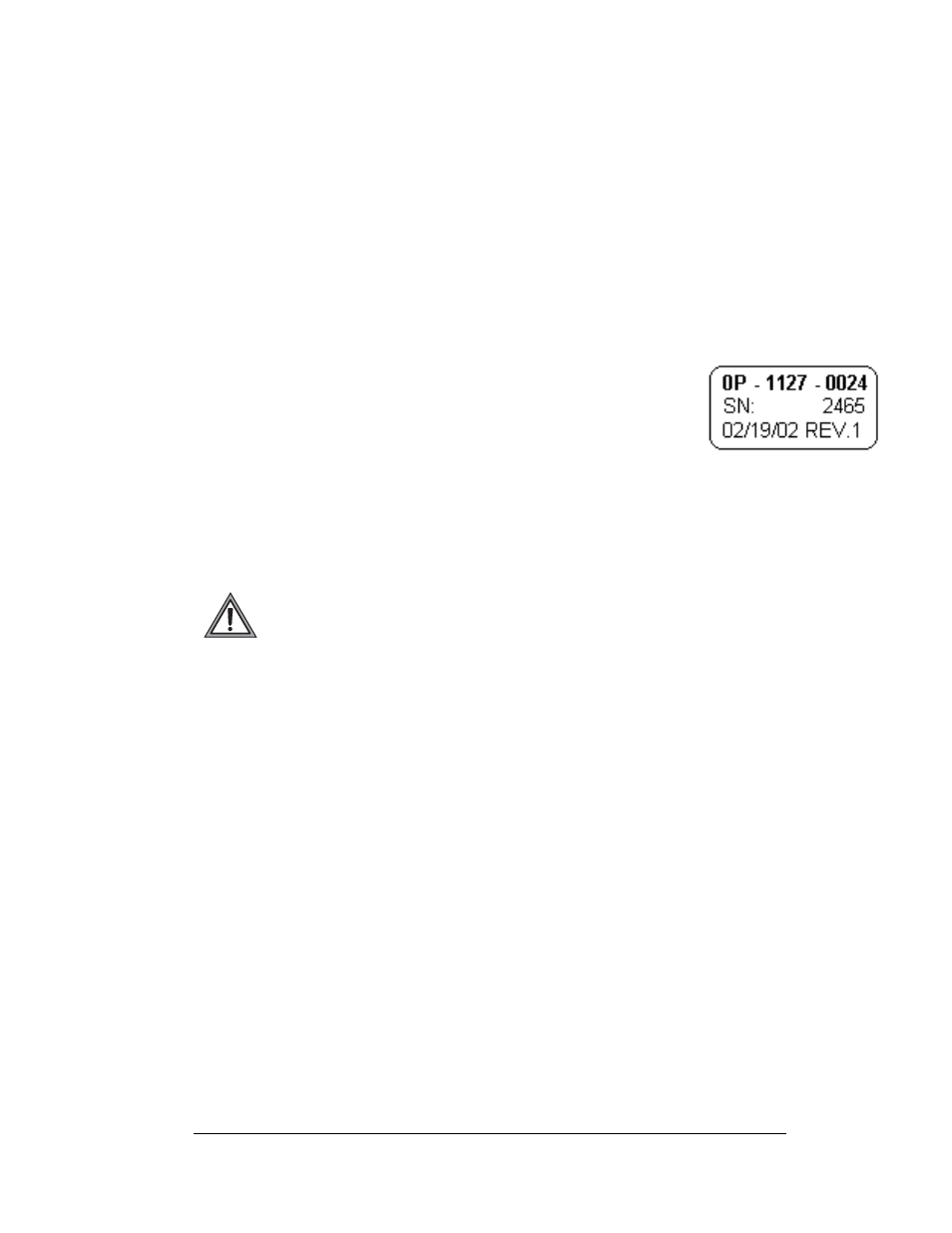Safety precautions, Safety precautions -3, Figure 3: typical label – Daktronics AF-3400-133,171,216,260 User Manual
Page 9: 2 safety precautions

Finally, Daktronics part numbers are commonly found on drawings. Those part
numbers can be used when requesting replacement parts from Daktronics Customer
Service. Take note of the following part number formats:
•
“0P-_ _ _ _-_ _ _ _” indicates an individual circuit board, such as the
internal fiberboard
•
“0A-_ _ _ _-_ _ _ _” stands for an assembly, such as a circuit board and the
plate or bracket to which it is mounted
•
“W-_ _ _ _” represents a wire or cable
Note: A collection of circuit boards working as a single unit may carry an assembly
label. Cables may also carry the assembly numbering format in certain
circumstances. This is especially true of ribbon cables.
Most circuit boards and components within this display carry a label
that lists the part number of the unit. If a circuit board or assembly is
not listed in the Replacement Parts List in Section 4, use the label to
order a replacement. A typical label is shown in Figure 3. The part
number is in bold
1.2 Safety
Precautions
Important Safeguards:
1. Read and understand these instructions before installing
2. Be sure the display and external signal enclosures are properly grounded
with an earth ground electrode at the display
Figure 3: Typical Label
3. Disconnect power when servicing the display
4. Do
not modify the display structure or attach any panels or coverings to the
display without the written consent of Daktronics, Inc
Note: This equipment has been tested and found to comply with the limits for a
Class A digital device, pursuant to part 15 of the FCC Rules. These limits are
designed to provide reasonable protection against harmful interference when the
equipment is operated in a commercial environment. This equipment generates, uses,
and can radiate radio frequency energy and, if not installed and used in accordance
with the instruction manual, may cause harmful interference to radio
communications. Operation of this equipment in a residential area is likely to cause
harmful interference. In such cases, the user will be required to correct the
interference at their own expense.
Modifications not expressly approved by the manufacturer could void the user's
authority to operate the equipment under FCC rules.
Introduction
1-3
